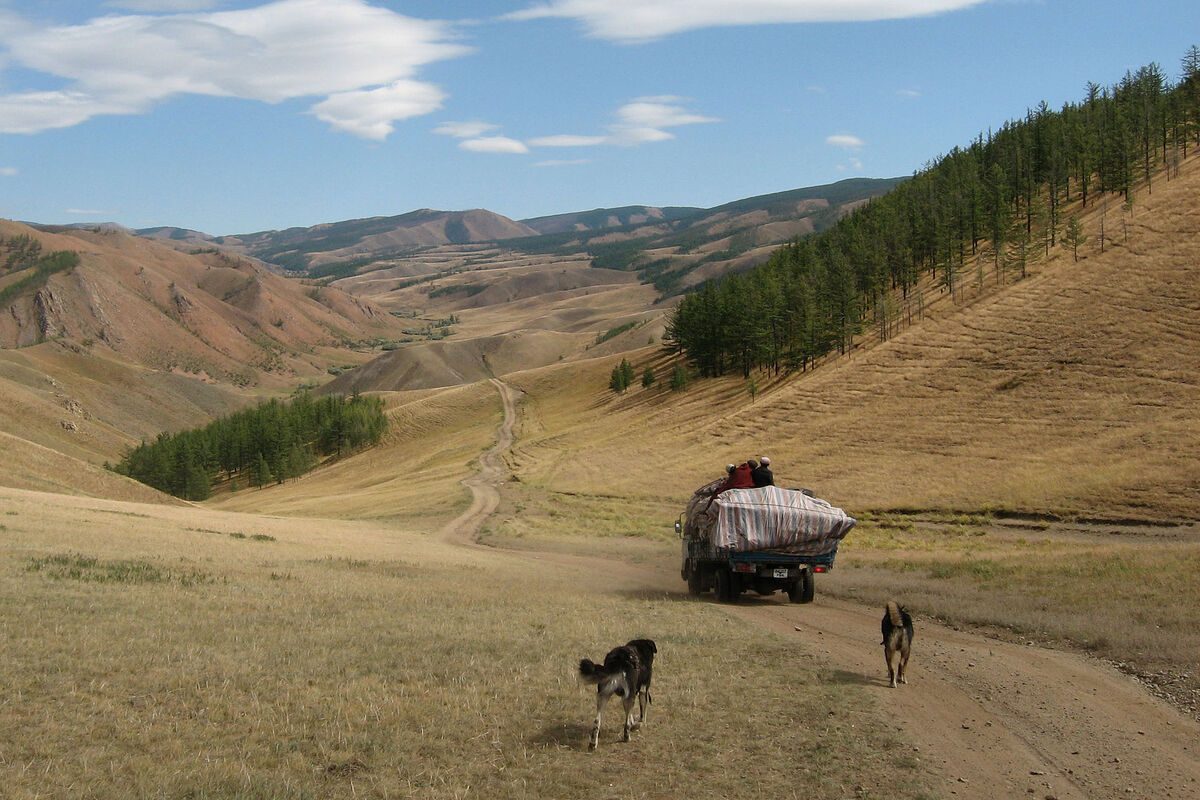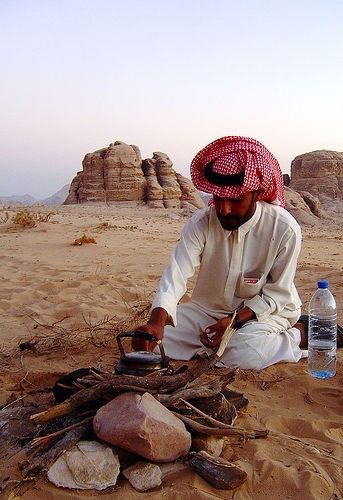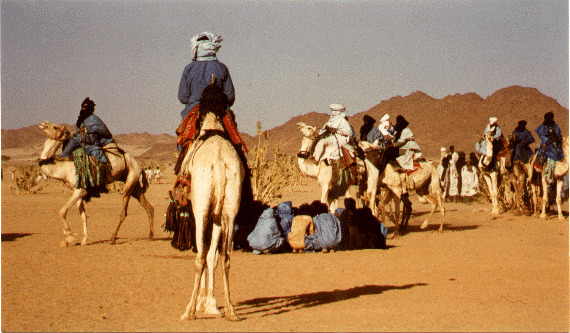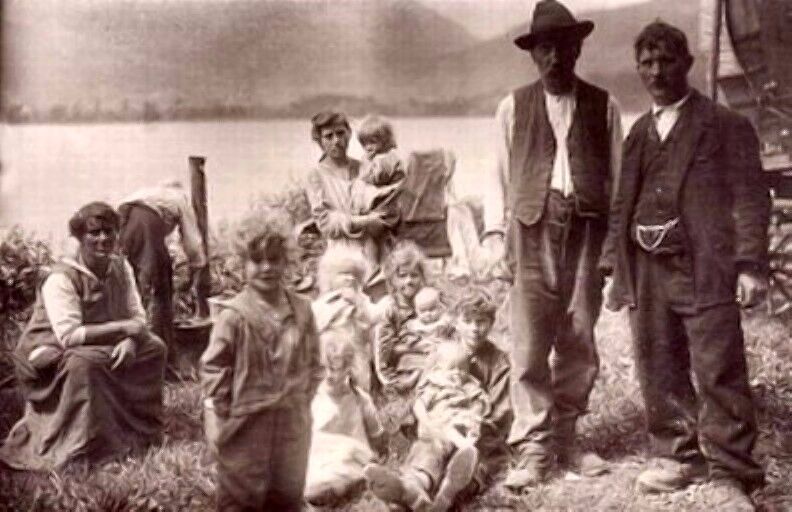The concepts covered in this factsheet go beyond those seen in secondary school. It is intended as a supplement for those who are curious to find out more.
For millions of years, man has practised nomadism, a way of life based on the movement of individuals in groups, clans or tribes; the main motivation of these groups being the search for food. This type of social organisation has survived through the ages, from prehistoric times right up to the present day, and still exists today, although it is rarely practised. Nomadic peoples represent around 1.5% of the world's population today.
Towards the end of prehistory, in the Neolithic period, human groups gradually abandoned nomadism and adopted "semi-nomadism". These groups still moved between just two or three territories each year. From semi-nomadism, most groups became sedentary, adopting a fixed habitat.
Today, humans who travel as nomads are no longer grouped into small clans or tribes, but into large collective movements (several thousand people) known as "tribal confederations".
There are two main types of nomadism:
|
Hunter-gatherer peoples |
Pastoral societies |
|
Hunter-gatherer peoples, also known as collectors, follow the migration of animals across different territories. They take advantage of the wealth of wild fauna and flora. |
Pastoral societies are nomadic groups who keep herds of herbivores (cows, sheep, goats, etc.). Their way of life is directly linked to the herd of cattle, which must constantly move in search of fresh grass in different pastures. |
Today, nomads move around in an organised way and manage to exploit difficult environments, often abandoned by sedentary societies. They uphold the principles of solidarity, cooperation and total respect for nature.
Here are a few examples of nomadic peoples today:
- certain indigenous nations of North America
- the Mongols (Asia)
- Bedouins (Middle East);
- Tuaregs (North Africa);
- Gypsies and Roma (or Rroms) (Iran and Europe);
- Yenish (Europe).

Mongols moving their camp

Bedouin lighting a fire

Tuareg people
